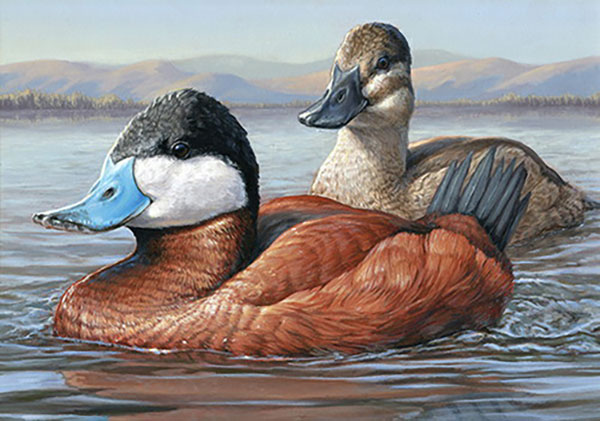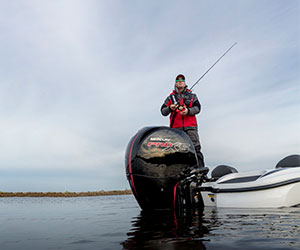
What's New?

As anglers, swimmers and other water recreation fans flocked to Michigan lakes and streams during the summer, some may catch a glimpse of a common, though rarely seen invertebrate known as the freshwater jellyfish.

The cool November evening was nearly still. A few deer bleats had echoed from outside the blind.
Eight-year-old Olive Dean adjusted her grip on her crossbow, lined up her shot, and asked, “How far is he?”

New Gear
Specifically designed for finesse applications, new Sufix Revolve Ultra-Thin Finesse Braid is made in Japan where finesse fishing prevails.
Newsflash
Indiana Drops Bluegill Bag Limit Proposal; Passes Walleye, Muskie Size Limit Increase
- Details
(Provided by Indiana DNR)
The Indiana Natural Resources Commission on Tuesday authorized certain fee changes for some DNR properties and gave final approval to a package of fish and wildlife rules after dropping three proposals in that rule package.
The NRC is an autonomous board that addresses topics pertaining to the Indiana DNR.
The proposals that were removed from the fish and wildlife package would have expanded the use of high-powered rifles for deer hunting, placed a statewide 25-fish daily bag limit on sunfish (i.e., bluegill, redear, etc.), and allowed landowners to provide oral permission instead of requiring written permission for another individual to take coyotes from the landowner's property.
Feds Increase Duck Stamp to $25
- Details
(Provided by Indiana DNR)
 Federal Migratory Bird Hunting and Conservation StampThe Federal Migratory Bird Hunting and Conservation Stamp, or "Duck Stamp," will increase in price for the first time in 24 years.
Federal Migratory Bird Hunting and Conservation StampThe Federal Migratory Bird Hunting and Conservation Stamp, or "Duck Stamp," will increase in price for the first time in 24 years.
The cost will go from $15 to $25. The increase adjusts for inflation over the last 24 years. Several conservation organizations, including Ducks Unlimited and Delta Waterfowl, support the increase.
The 2005 National Duck Hunter Survey showed that 65 percent of U.S. duck hunters spent more than $250 per season.
Page 126 of 267













Connect With Us